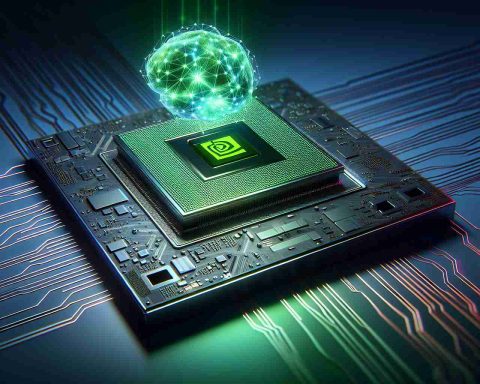Embracing the concept of digital avatars of deceased family members is gaining popularity rapidly. The advanced technology developed by companies like Silicon Intelligence allows individuals to engage in conversations with lifelike digital versions of their departed loved ones.
San Kai, a manager at Silicon Intelligence, shares a touching account of how he communicates with a digital replica of his late mother, expressing that the technology enables him to feel a sense of continued connection beyond death. “Whether she is alive or deceased doesn’t matter, because when I think of her, I can find her and talk to her. In a way, she is alive. At least in my perception, she is alive,” describes Kai.
Although the technology may seem eerie to some, it heavily relies on the quantity and quality of available data – including images, videos, and audio clips of the departed individuals. In certain cases, social media data is utilized to shape the personality of the “Deadbot.”
Despite the promises this technology holds, concerns regarding the privacy implications arise. Building the “Deadbots” requires vast amounts of personal data, posing challenges, especially in countries like the USA, where a Chinese tech company such as Silicon Intelligence may face scrutiny. Nevertheless, the rise of AI-powered chatbots like ChatGPT, Copilot, and Google Gemini suggests a growing market for similar services in the near future.
Virtual Reconnection: Exploring New Realities with Digital Avatars of Departed Loved Ones
The concept of interacting with digital avatars of departed loved ones continues to captivate many individuals seeking a way to maintain a sense of connection beyond physical life. While companies like Silicon Intelligence spearhead the development of advanced technologies enabling these virtual reunions, there are additional layers to this phenomenon that warrant exploration.
One crucial question that arises is the ethical responsibility surrounding the creation and utilization of digital replicas. How do we ensure the respectful and secure handling of personal data needed to bring these avatars to life? The convergence of privacy concerns and technological advancements opens up a realm of challenges that necessitate thoughtful consideration.
An important aspect to unpack is the potential impact on mental health and emotional well-being. How does engaging with a digital avatar of a departed loved one influence the grieving process? While some may find solace and comfort in these virtual interactions, others might struggle with accepting the boundaries between technology and reality.
Advantages of embracing digital avatars include the opportunity for continued communication, reminiscence, and closure. These avatars can serve as digital legacies, preserving memories and stories for future generations. However, significant disadvantages loom, such as the blurring of boundaries between the living and the deceased, potential emotional dependence on technology, and the erosion of acceptance of loss.
Navigating the evolving landscape of virtual reconnection poses challenges at the intersection of technology, ethics, and human emotions. Striking a balance between innovation and sensitivity is paramount as we venture into uncharted territory where digital avatars offer both comfort and complexity.
As discussions surrounding this topic evolve, it is crucial to engage with a diverse range of perspectives to foster a nuanced understanding of the implications of embracing digital avatars of departed loved ones.
Suggested related link: Silicon Intelligence















